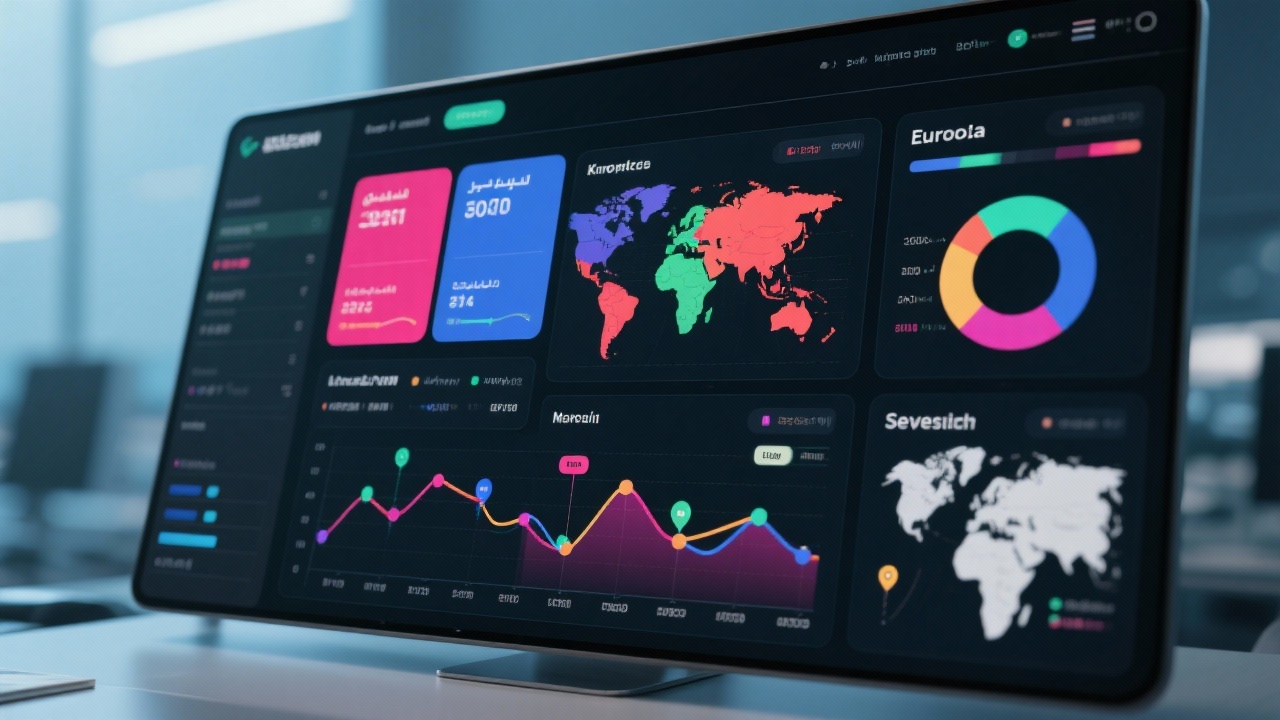
As businesses expand globally, understanding the localized needs of users across different regions is crucial. For example, in Europe, consumers may value privacy and environmental protection more, while in Southeast Asia, mobile - first shopping and social media influence are significant. In North America, convenience and innovation are often at the top of consumers' minds. By conducting in - depth market research, businesses can identify these unique needs and tailor their websites accordingly.

The choice of domain name is a fundamental step in building a regionalized website matrix. A local domain can significantly improve search rankings and brand trust in the local market. For instance, using a.ccTLD (country - code top - level domain) like.de for Germany or.fr for France can signal to local users that the website is relevant to them. According to a study, websites with local domain names have a 30% higher click - through rate in local search results compared to those with generic.com domains.
Content localization is not just about translating text; it involves integrating local culture, search habits, and consumer preferences. For example, when creating content for a European market, it's essential to follow the General Data Protection Regulation (GDPR). In Southeast Asia, content should be optimized for mobile devices and incorporate local festivals and traditions. By aligning content with local search habits, businesses can improve their search rankings. A study found that websites with culturally - adapted content saw a 25% increase in local search visibility.

Structured SEO is a key factor in improving search rankings. URL hierarchy planning is important; a well - organized URL structure can make it easier for search engines to crawl and index the website. For example, using a logical folder structure like /products/category/sub - category/product - name can improve the website's searchability. Schema markup can also enhance the visibility of website content in search results. Mobile optimization is also crucial, as more than 60% of web traffic in Southeast Asia comes from mobile devices.
| SEO Element | Benefit |
|---|---|
| URL Hierarchy | Improved crawlability and indexability |
| Schema Markup | Enhanced search result visibility |
| Mobile Optimization | Better user experience for mobile users |
Automated deployment tools can significantly improve the efficiency of building and maintaining a multi - site network. These tools allow businesses to quickly create and update multiple websites with consistent content. For example, tools like WordPress Multisite or Shopify Plus can automate the process of site creation, theme deployment, and content updates. By using these tools, businesses can save up to 50% of the time and resources required for manual site management.

Google's algorithm is constantly evolving, and businesses need to adapt their websites accordingly. By monitoring data such as page load time, bounce rate, and user engagement, businesses can make data - driven decisions to optimize their websites. For example, by optimizing images and using caching techniques, businesses can reduce page load time, which can improve search rankings. With proper optimization, businesses can maintain a site score of over 90 points on Google PageSpeed Insights.
If you're interested in learning more about how to implement these strategies and see a tool demonstration, click here to access our detailed tutorial.
.png?x-oss-process=image/resize,h_100,m_lfit/format,webp)
.png?x-oss-process=image/resize,h_100,m_lfit/format,webp)

.png?x-oss-process=image/resize,h_100,m_lfit/format,webp)
.png?x-oss-process=image/resize,h_100,m_lfit/format,webp)
.png?x-oss-process=image/resize,h_100,m_lfit/format,webp)
.png?x-oss-process=image/resize,h_100,m_lfit/format,webp)
